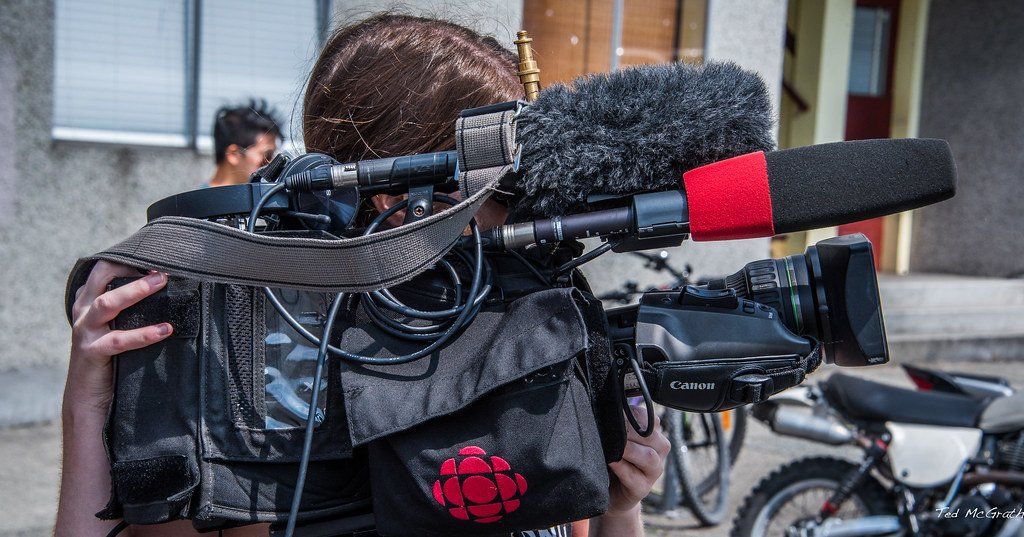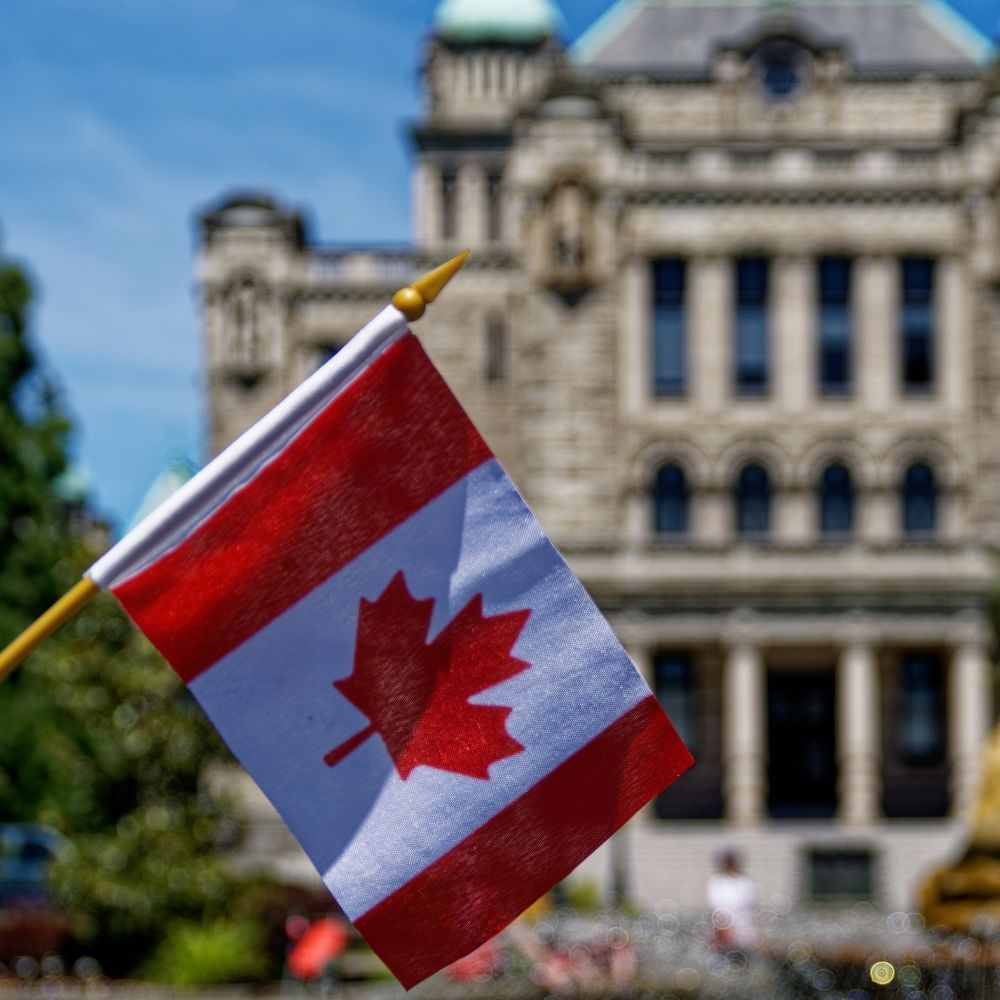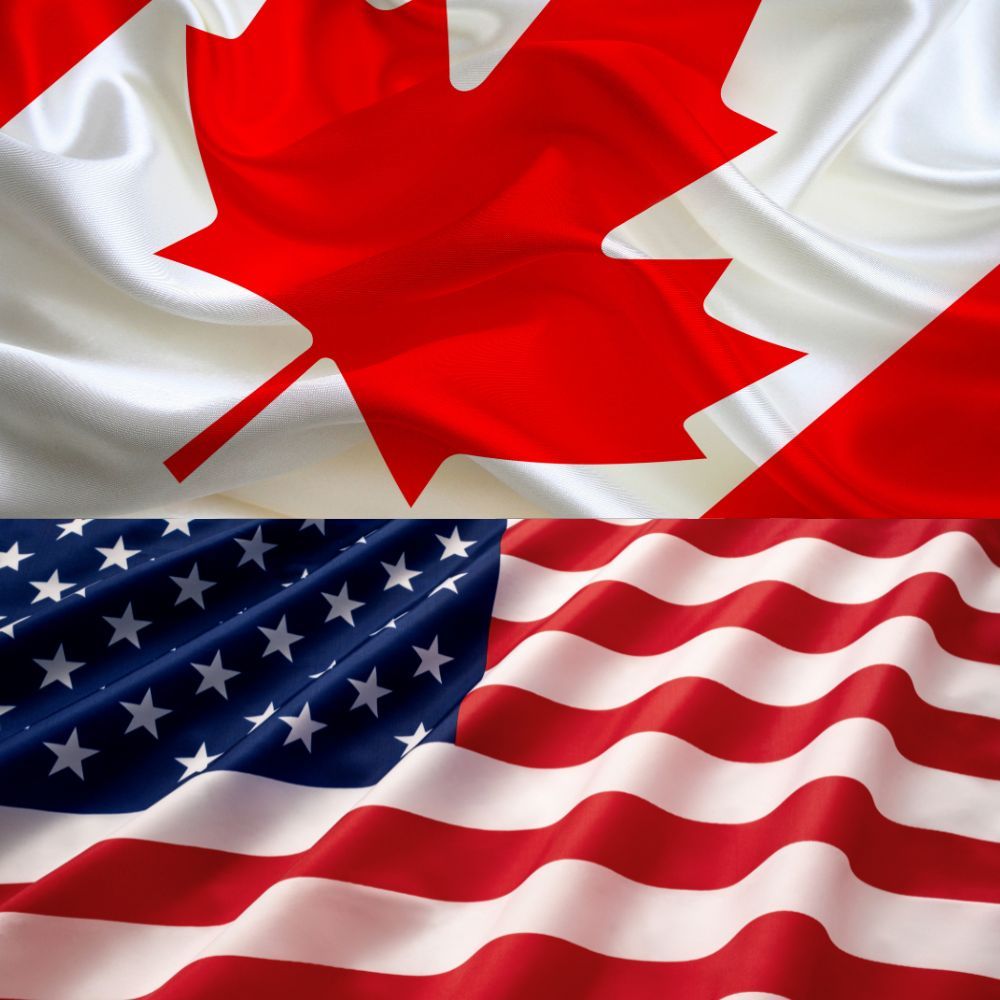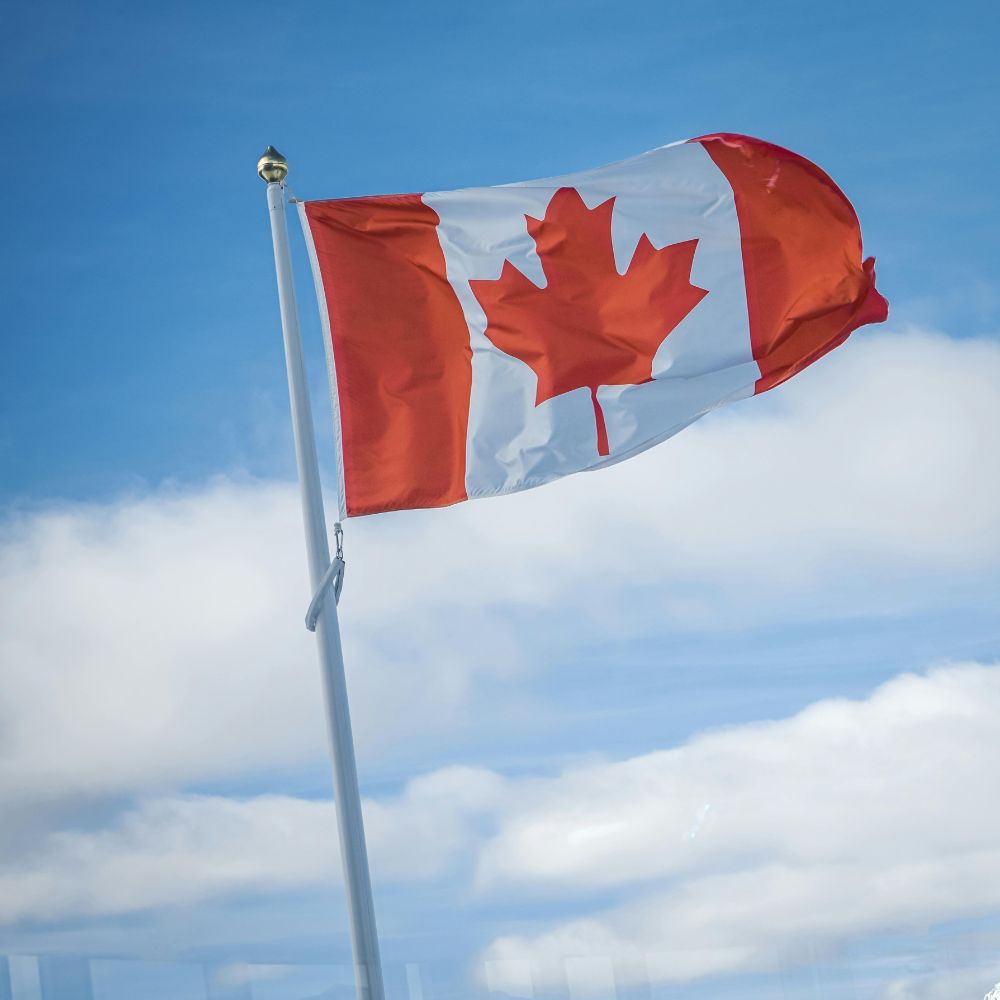Another Renewal for CBC News. Will this be the One that Works?
In the past its flagship nightly news program The National enjoyed good ratings when helmed by national news figures like Knowlton Nash and Peter Mansbridge. No longer, as for years its ratings have paled beside CTV’s nightly National News.

Critics use this fact as a reason to question the very relevance of CBC. The Corporation recently took step to answer this charge by planning to offer more news to more Canadians on more digital platforms and by reverting to a single authoritative journalist anchor for the national, Adrienne Arsenault.
Digital news distribution for CBC news is not new. Over two decades ago CBC news started to go digital and now the results are impressive. CBCNews.ca is used by over 10 million Canadians monthly, and news is now more heavily into digital distribution. It is a little-known fact that over a year The National is seen by 180 million views on channels such as You Tube, Facebook, and CBC Gem. Weekly the program’s You Tube channel is watched by 1.7 million viewers.
Yet Conservatives hate the CBC and for years have focused on dwindling audience support, even as taxpayer subsidies balloon. An easy target for Pierre Poliviere, the leading Conservative candidate in September’s leadership race. He is calling for “defunding” of the CBC, building on Conservative threats of a similar nature going back years. Unlike in years before when Mulroney was cutting CBC drastically, there is little overt public support for CBC now, especially since it enjoyed a major new infusion of over $600 million from the current Liberal government. In the Liberal platform in the last election even more money was promised to bolster CBC’s national and local news. $400 million over four years is earmarked for this topping the total $1.4 billion budget for the CBC last year. The scale of this generous support from the Liberal government underpins the view in the right wing in Canada that the CBC as an arm of the Liberals.
Yet there has never been more discussion about the importance of a healthy news industry in guaranteeing a healthy democracy at a time when literally thousands of jobs have been cut from newsrooms across the country. CBC has the largest, most diverse, local and national army of news gatherers in Canada by far. The CBC is working on how its output could be better used.
It is important that CBC succeed in its latest new strategy for news. Canada so needs a popular national forum for the professional airing and debate of major issues. Can we count on this new strategy providing that and reinstating The National as a true news flagship?
This latest transformation of The National jettisons the former awkward multi-host format of The National, and the most seasoned journalist among them, Adrienne Arsenault, is being made Chief Correspondent, replacing the long retired Mansbridge in the role as sole anchor. Her authority may translate into greater viewing, and may herald other changes which will save The National.
The same June 20 announcement from CBC revealed more sweeping plans for news: “CBC News today announced a new strategic approach to better serve audiences across Canada on both television and digital platforms through an enhanced news offering in the year ahead, including the launch of a free streaming channel…Andrew Chang is to play a central role on the new streaming channel, hosting a new daily show that will be the centrepiece of each weekday.” Streaming is a good idea and one that has boosted audiences for three major US networks. Chang seems a natural for this role.
Much of the new strategy to make CBC news a central source for us all is in development, and there has been a lack of media coverage– with the notable exception of John Doyle of the Globe and Mail who asks “how much CBC news does the world need?” This attests to the fact that further tinkering with CBC’s news operations is not big news. It should be.
The huge nationwide and diverse coverage capabilities of CBC news are needed now more than ever as regional fragmentation becomes more pronounced and national unity seems threatened by Alberta, Saskatchewan and increasing nationalist Quebec. This is what is being worked on. A multi-platform streaming service that would draw down feature video from across the country and promote understanding.
The critical national issues of racial intolerance, gun control, remaining injustices to indigenous peoples and yes even fear of immigrants need exposing and sound analysis from different points of view regionally on a new national platform. Digital has worked for the CBC for a decade and going deeper into more popular streaming platforms seems a good call. It is being done by the three US national networks with great effect, and 1/3 of their offerings is news or current affair oriented.
The news operation at CBC absorbs most of the money, and for once top management is engaged and supports the new strategy. A new group lead by Brodie Fenlon, Editor In Chief, Executive Director of Programs and Standards is embracing the opportunity offered by streaming and doing a “deeper dive” into current issues which the service will provide. Like a Netflix it will also allow viewers to choose which items they want to see when it is convenient.
There are fresh new ideas, and they are being worked on. Let’s hope this is not another fruitless attempt at being “relevant”. We can hope these ideas will be well executed and will find bigger audiences and on new digital platforms attract the elusive younger population and face them with the critical public issues which will shape their future.
Patrick Gossage Insider Political Views




